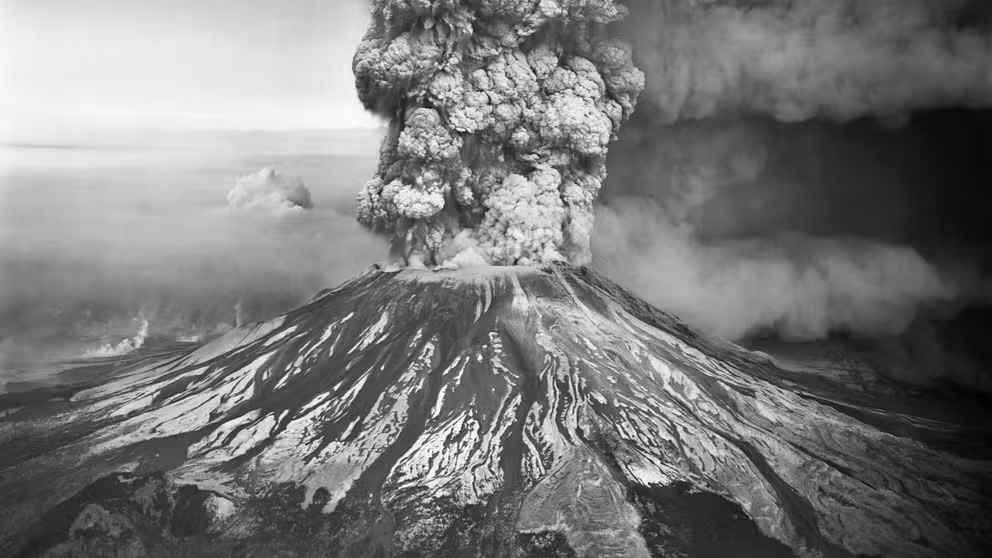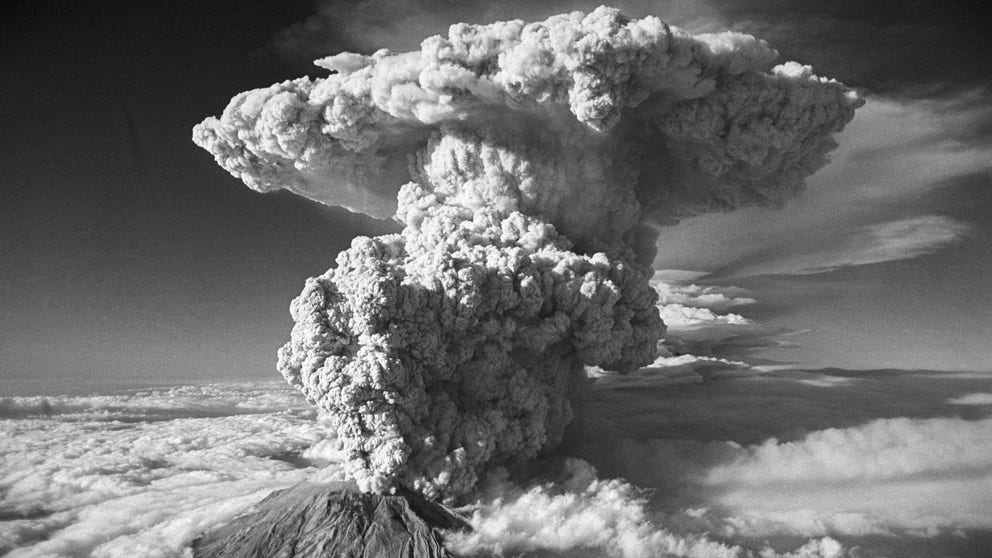Mount St. Helens rattled by hundreds of tiny earthquakes since February
The USGS said the Pacific Northwest Seismic Network has reported about 350 earthquakes since the start of February, but most have been so small that no one has felt them.
Mount St. Helens: Watch how the worst volcano eruption in US history happened
A look back at the catastrophic 1980 eruption of Mount St. Helens in Washington—the most devastating volcanic eruption in U.S. history—and the events leading up to it.
MOUNT ST. HELENS, Wash. - Hundreds of small earthquakes have been rumbling under Washington State’s Mount St. Helens since the start of February, but the United States Geological Survey (USGS) says there’s nothing to worry about.
The USGS said the Pacific Northwest Seismic Network has reported about 350 earthquakes under the volcano since the start of February. Most have been so small that no one has felt them.
About 95% of the earthquakes have been lower than magnitude 1.0, and the peak of the seismic activity at the sleeping volcano was reported in early June with 38 quakes per week.
‘Eruption is not imminent’
The USGS said the earthquakes have been recorded at a depth of about 3.5 miles below sea level, or about 4.6 miles below the crater of Mount St. Helens.
So, what’s causing the earthquakes? The USGS says it could be due to the arrival of additional magma during a process called recharge.
"Recharge has been observed in the past at Mount St. Helens and other volcanoes," the USGS said in a post on X, formerly Twitter. "It can occur for many years without an eruption."
MOUNT ST. HELENS' ERUPTION: SURVIVORS RECOUNT THE ‘DARKER THAN MIDNIGHT’ FURY IN 1980
Man on surviving eruption of Mount St. Helens: 'It was pretty harrowing'
Mount St. Helens eruption survivor Chris Ballew, who was 14 years old at the time of the eruption, recounts getting caught in a massive cloud of volcanic ash. The blast killed 57 people and spewed 520 million tons of ash across the country.
And it doesn’t appear as though the USGS is too concerned with the recent uptick in earthquake activity at Mount St. Helens. The agency said there has been no change in hazards as a result of the seismic activity, and there have been no changes to Mount St. Helens monitoring parameters, like ground deformation, gases or thermal emissions.
"An eruption is not imminent," the USGS said.
Mt. St. Helens Eruption in 1980
As part of FOX Weather's Storm Survivors series, we're looking back at stories told from those who managed to survive nature's most significant events.
Mount St. Helens exploded to life on May 18, 1980, erupting in violent fashion, spewing towering clouds carrying 520 million tons of ash that choked the skies with grit and darkness and claiming the lives of 57 people in what remains the largest volcanic eruption in American history.

David Johnston at Coldwater II, 1900 hours, May 17, 1980. Dave did not survive the next day's eruption. Coldwater II would eventually be re-named "Johnston Ridge" in honor of Dave.
(Harry Glicken / USGS)
Among the dead was David Johnston, of the USGS, who was at a monitoring site the day of the disaster. He frantically radioed a warning - "Vancouver! Vancouver! This is it!"
The message wasn't heard in Vancouver, but the message was heard and recorded by a ham radio operator.


